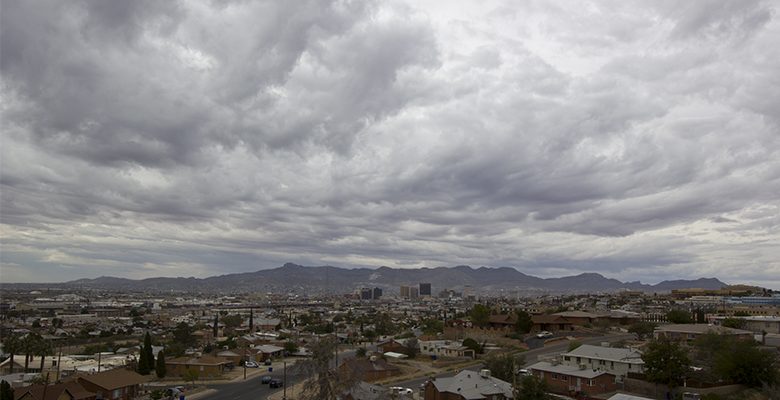Check out this piece in the Washington Post, part of their You’re Going Where? series.
I forgot my passport, but that didn’t matter. I was in El Paso, technically not Mexico, but close enough. I knew that Mexico was over there — the country felt like a portrait whose eyes were always following me — but it was also here, on this side of the fence. (One constant reminder of the shared boundary: U.S. Border Patrol vehicles parked along Interstate 10 and helicopters flying overhead.) Signs in restaurant windows advertised menudo soup, and not just for Sunday supper; girls dressed in their quinceañera best posed for photos in San Jacinto Plaza. At H&H Car Wash and Coffee Shop, a waitress returned my morning greeting with a “buenos dias” before setting down a heaping plate of huevos rancheros. At bars around town, I learned that a chile is the cocktail condiment of choice. Two customers at Love Buzz introduced me to the paleta shot, which evokes the chile-fied watermelon lollipops of their Mexican youth, and a bartender at Cafe Central rimmed a mescal-filled glass with ground-up crickets, chiles and salt. Note to high school Spanish teachers: Add the phrase “sal de grillos” to your lesson plan. Of course, the southern Joneses aren’t the sole influences on this sun-broiled city in the Chihuahuan Desert. El Paso is in the United States, after all, which means the Spaniards left their mark, as did — and still do — the Pueblo Indians. A shopkeeper at the Tigua Indian Cultural Center shared her recipe for traditional oven-baked bread. I’d need flour, water, salt, lard and an horno, she told me, or I could throw down six bucks for quicker loaf gratification. And then there is the Texas connection. To feel it, I could look up at the 459-foot-long illuminated star set in the Franklin Mountains, or down at the pair of Rocketbuster cowboy boots that taught me how to walk the El Paso walk.
El Paso is culturally unique, and that’s something every El Pasoan should be proud of.
Makes you wonder why our movers and shakers thought we had to spend a half a billion dollars to make El Paso bearable.


Everybody who’s left town knows this. And, a very few of us who still live here. Irony much?